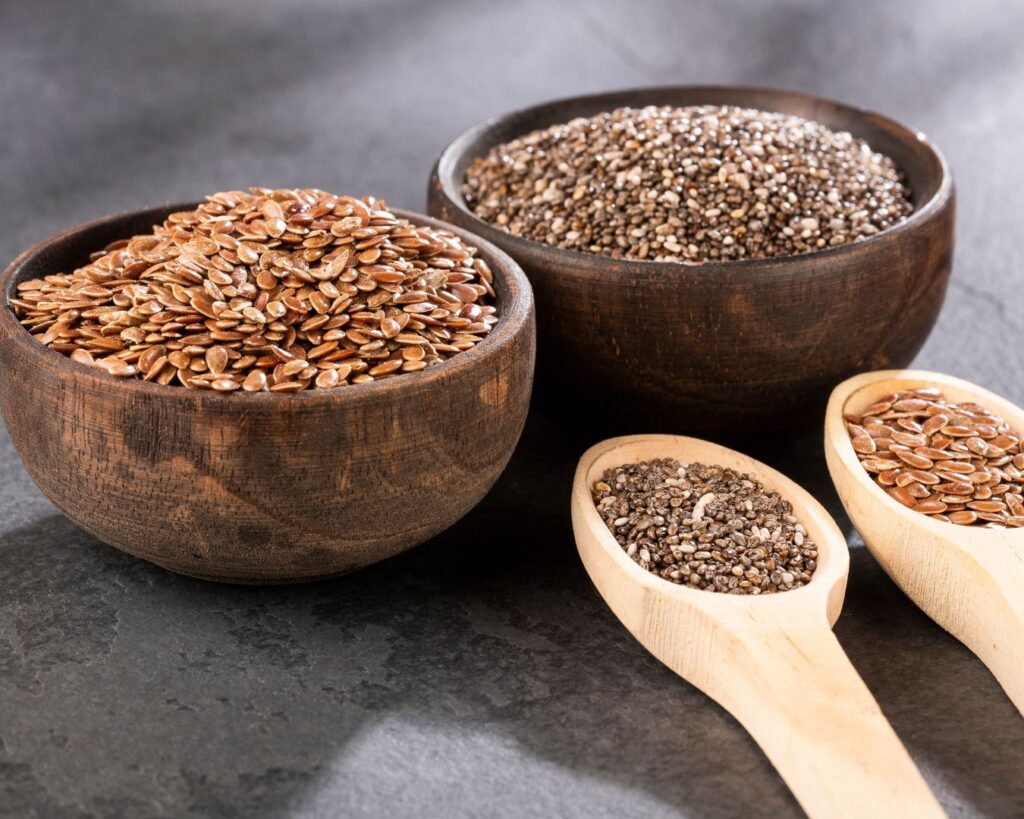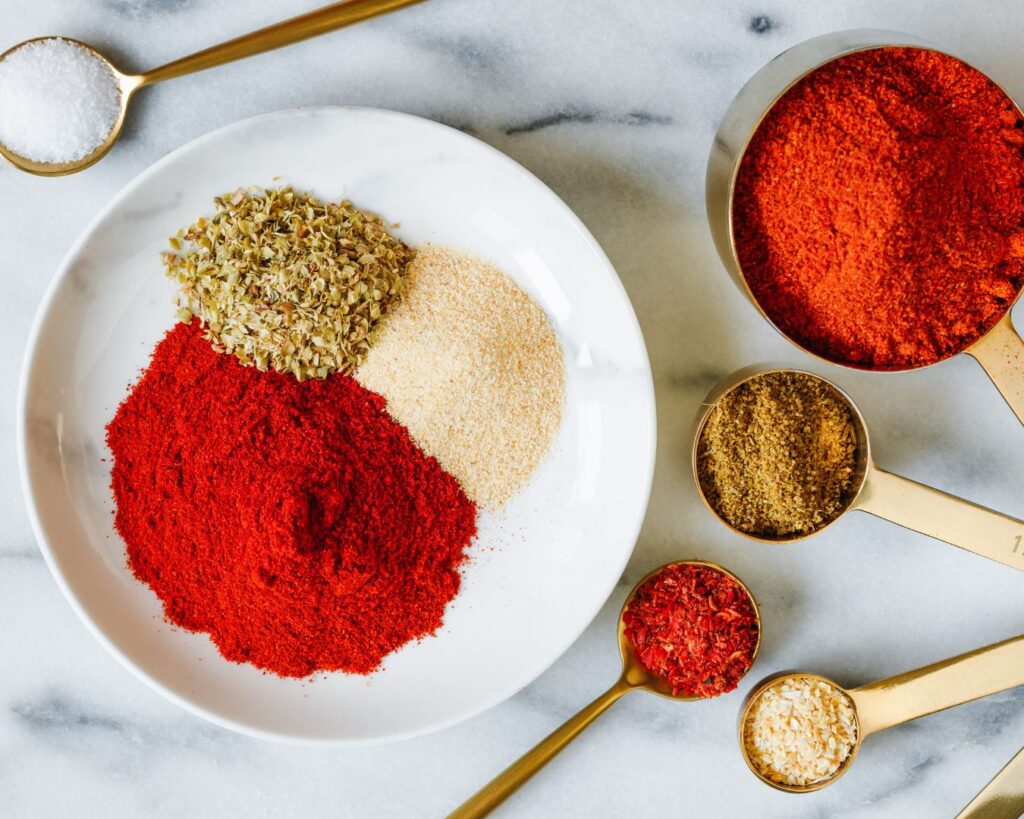Keep a Jar of Homemade Seasoning Mix on Hand for Easy Flavoring of Meats and Vegetables
In a busy kitchen, convenience is key. One of the simplest ways to make your cooking more efficient and flavorful is by keeping a jar of homemade seasoning mix on hand. A well-balanced seasoning mix can transform ordinary meats and vegetables into delicious, restaurant-quality dishes with minimal effort. By creating your own blend, you control the ingredients and tailor the flavors to your preferences, making every meal more enjoyable. In this blog post, we’ll explore the benefits of homemade seasoning mixes, how to create your own, and some ideas for using them in your everyday cooking.
Why Make Your Own Seasoning Mix?
Making your own seasoning mix offers several benefits:
- Customization: When you create your own blend, you can adjust the flavors to suit your taste preferences. Whether you prefer a mix that’s spicy, savory, or herbaceous, you have full control over the ingredients.
- No Additives: Store-bought seasoning mixes often contain preservatives, anti-caking agents, and added sugars. By making your own, you ensure that your mix is free from unnecessary additives and made with wholesome ingredients.
- Cost-Effective: Homemade seasoning mixes are generally more cost-effective than pre-made ones. You can buy spices in bulk and create larger batches, saving money in the long run.
- Convenience: Having a jar of seasoning mix readily available makes cooking easier and faster. Instead of measuring out individual spices every time you cook, you can simply sprinkle your mix onto meats and vegetables, saving time and effort.
- Consistency: Using a seasoning mix ensures that your dishes have a consistent flavor profile every time you cook. This is especially useful if you’re cooking for family or guests and want to deliver the same great taste with every meal.

How to Create Your Own Seasoning Mix
Creating a homemade seasoning mix is simple and only requires a few steps:
1. Choose Your Base Ingredients
The base of your seasoning mix will typically include salt, pepper, and a combination of herbs and spices. Here are some common ingredients to consider:
- Salt: Kosher salt or sea salt are good options for seasoning mixes.
- Pepper: Freshly ground black pepper adds a sharp, spicy kick.
- Garlic Powder: A staple in many seasoning blends, garlic powder adds a rich, savory flavor.
- Onion Powder: Adds a sweet, slightly tangy taste that complements many dishes.
- Paprika: Sweet, smoked, or hot paprika can add color and depth to your mix.
- Dried Herbs: Common choices include oregano, thyme, rosemary, basil, and parsley.
- Cayenne Pepper: Adds heat to your mix if you enjoy a spicy kick.
- Cumin: A warm, earthy spice that pairs well with meats and roasted vegetables.
2. Balance the Flavors
The key to a great seasoning mix is balance. You’ll want to achieve a harmonious blend of salty, savory, spicy, and herbaceous notes. Start by combining small amounts of each ingredient and tasting the mix as you go. Adjust the proportions to suit your taste preferences.
Here’s a basic recipe to get you started:
All-Purpose Seasoning Mix
- 2 tablespoons kosher salt
- 1 tablespoon black pepper
- 1 tablespoon garlic powder
- 1 tablespoon onion powder
- 2 teaspoons paprika
- 1 teaspoon dried oregano
- 1 teaspoon dried thyme
- 1/2 teaspoon cayenne pepper (optional)
3. Mix and Store
Once you’ve perfected your blend, mix the ingredients thoroughly in a bowl. Transfer the seasoning mix to an airtight jar or container to keep it fresh. Store it in a cool, dry place away from direct sunlight. Properly stored, your homemade seasoning mix can last for several months.

How to Use Your Seasoning Mix
With your homemade seasoning mix ready to go, you’ll find countless ways to use it in your cooking. Here are a few ideas to get you started:
1. Seasoning Meats
- Chicken: Rub the seasoning mix onto chicken breasts, thighs, or wings before grilling, baking, or frying. It’s also perfect for seasoning whole roasted chickens.
- Beef: Sprinkle the mix onto steaks, burgers, or ground beef for a quick flavor boost. It’s also great for seasoning beef roasts or meatloaf.
- Pork: Use the mix to season pork chops, tenderloins, or ribs before cooking. It adds a delicious flavor to pulled pork or pork roasts.
2. Flavoring Vegetables
- Roasted Vegetables: Toss vegetables like potatoes, carrots, bell peppers, or zucchini with olive oil and a generous amount of seasoning mix before roasting. The mix adds a savory flavor that enhances the natural sweetness of the vegetables.
- Grilled Vegetables: Sprinkle the seasoning mix onto vegetables like asparagus, eggplant, or mushrooms before grilling. The smoky flavors of the grill combined with the seasoning mix create a delicious side dish.
- Sauteed or Stir-Fried Vegetables: Add the seasoning mix to sauteed greens, stir-fried vegetables, or vegetable medleys. It adds depth and complexity to the dish without overpowering the natural flavors of the vegetables.
3. Enhancing Grains and Legumes
- Rice: Stir the seasoning mix into cooked rice or use it to flavor the water when boiling rice. It’s a simple way to add flavor to plain rice.
- Quinoa: Season cooked quinoa with the mix for a flavorful base for salads, bowls, or side dishes.
- Beans: Add the seasoning mix to beans, lentils, or chickpeas during cooking for a flavorful twist on classic recipes.
Keeping a jar of homemade seasoning mix in your kitchen is a simple yet effective way to enhance the flavor of your meals with minimal effort. Whether you’re cooking meats, vegetables, grains, or legumes, a well-crafted seasoning mix can elevate your dishes and make meal preparation easier and more enjoyable. By creating your own blend, you have full control over the ingredients and flavors, ensuring that every dish you make is perfectly seasoned to your liking. Give it a try, and you’ll soon wonder how you ever cooked without it!

